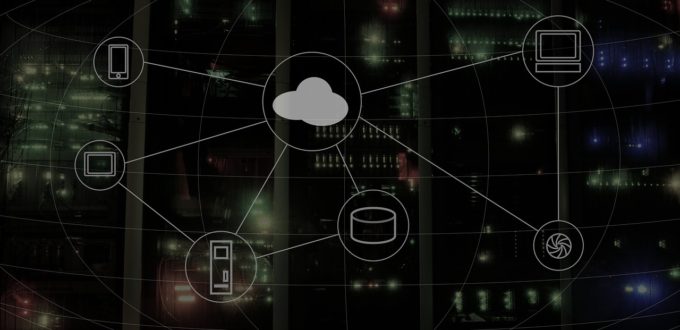Every successful business has it’s finger on the pulse. They know what’s happening, when, and at what rate. Receiving critical business information in real time is the only way that you gain the ability to stay on top of the ball. Last years numbers will never get you where you need to be. They’re out of date, redundant. You need to know the key numbers, today’s numbers. That’s where your cloud accounting system comes in. If you don’t have a cloud accounting system this blog will explain the pros and cons, why it’s important and how to get started.
There are, essentially, only four types of accounting.
Type 1: The Manual System
Using a manual accounting system is cheap, well, deceptively cheap. You
only have to buy a book. However, manual system simply take too long,
which means it will take your accountant more time to produce accounts so
you end up with bigger accountancy fees. Your time is too valuable. Manual
systems don’t provide the essential management information for making
great business decisions. What this system lacks is the ability to give
you foresight, that more advanced systems will give you, in order to make
the kinds of changes in your business to make it successful in the future.
Type 2: The Spreadsheet
Excel and other spreadsheet-based systems are also exceedingly cheap.
However, the benefits don’t outweigh the drawbacks. While you can automate
some processes with a spreadsheet system, like adding up columns and doing
simple math, the setup time for this system can be increasing as your use
for it becomes more demanding. To really make this system work for you,
you need advanced Excel skills to produce the kind of management reports
that would be worthwhile for your business. As your business grows and
evolves, the complexity of this system will also. Save yourself the time
and effort and use it to focus on other aspects of growing your business.
Type 3: The Desktop System
Ah yes, the good old-fashioned desktop accounting system. Whilst these are
far better than the manual and spreadsheet based system, they also come
with a plethora of hidden costs and fees. The software for a desktop
system can be relatively cheap up front. However, taking into account
customization, implementation, maintenance, security , and potential
restoration, the overall costs can pile up and become immense. The demands
for business and the way in which business is done is constantly changing.
This means your system would be caught in a never-ending cycle of software
upgrades, scheduling back-up routines and maintaining your hardware to
meet those software needs, which all pose even more costs, not to mention
extra hassle. Although this system is finally getting us into the right
decade, just imagining this kind of setup is headache-inducing.
Type 4: The Cloud Accounting System (insert praise hands here)
In contrast to the previous systems mentioned, a modern cloud accounting
system gives you a myriad of benefits. Simply because of the nature of
this technologically advanced system, it saves you a significant amount of
time and is by far the safest and most efficient way of keeping your
accounts in line. You can sleep at night knowing all of your sensitive
financial information is secure and backed-up automatically. There’s no
need to worry about any system failure or downtime because all of the
software upgrades are automatically installed, which saves you time and
leaves you worry and hassle-free. It gives you 24/7 access to up-to-date
financial information and account reports from any device with an internet
connection. This 24/7 access to your data means you getting more value out
of you accountant because it makes end of the year accounts easier to
produce. They will spend less time just adding up numbers and help you
actually grow and run your business!
In short, a cloud accounting system will make your life so much easier.
Get the critical numbers for your business in real time.
Now for the bad news…
Your first problem is choosing which cloud accounting system best suits
you and your business. There are many different systems and they are all
different. As always, some are better than others. You want to get the
system that fits best with your business and your needs. Assessing all of
your options is time consuming and can be frustrating when you’re going in
blind. Getting the wrong solutions will cause you a big headache and
unnecessary stress.
After you’ve settled on the best system for you and your business, there’s
the process of setting it up. Unless you’re familiar with setting up
accounting systems, this ordeal typically takes a full day or more to
complete. Not only do you have to enter in all of the key details of the
business (accounting year end date, Federal and State Tax information,
etc.), but you also need to set up your chart of accounts, meaning the
specific account types of sales, income, expenses, assets and
liabilities unique to your business. Once that is finished, you then have
to transfer over any opening balances into the system.
While you can do that yourself, your time is precious and valuable. So we
recommend you talk to your accountant. Every good accountant will be able
to set up your cloud accounting software, and if they can’t, we’re here to
help. We specialize in cloud accounting, so if your accountant doesn’t
offer this service we are more than happy to help you get up and running.
You don’t even need to be in the same part of the US… we can set it up
online for you!
Call us now for a free consultation!
Galit Tsadik
*Founder and CEO*
*Tsadik G Management*
o: (347) 619-2996 m: (917) 468-2898
w: www.countontgm.com


Recent Comments